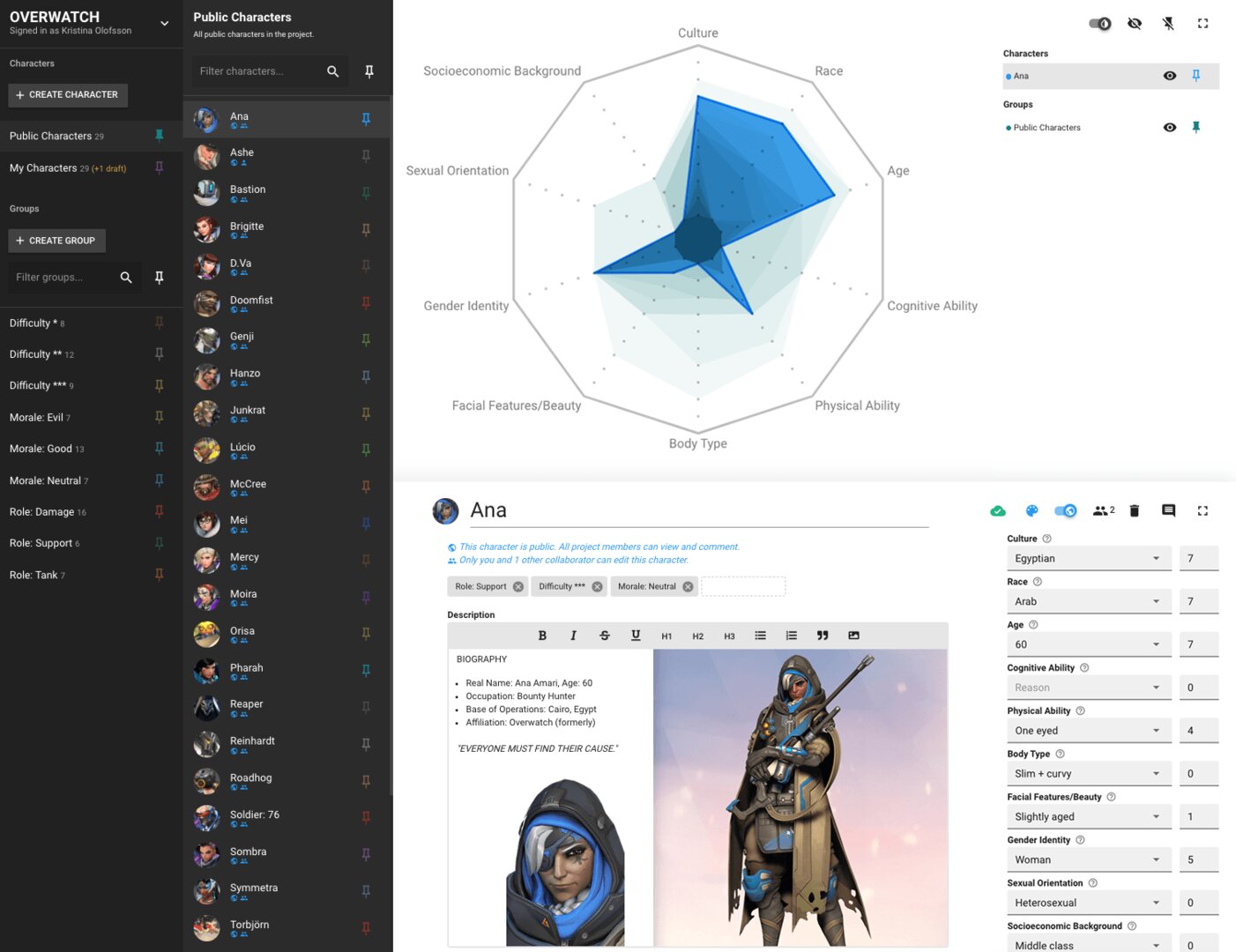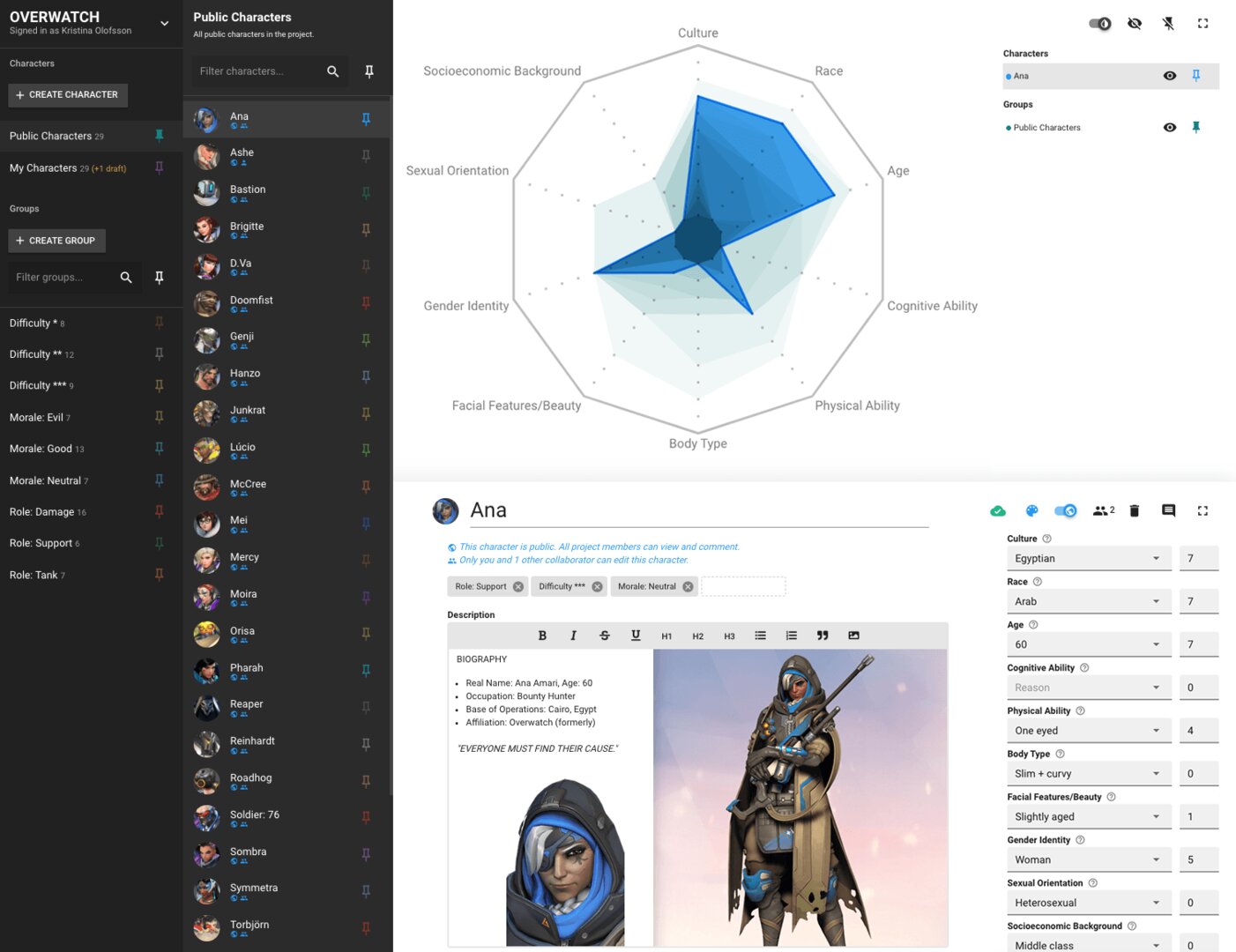Over the weekend, Blizzard – once again – had to endure a shitstorm. The reason this time was a bizarre system to quantify the diversity of video game characters. After outsiders as well as Blizzard's developers distanced themselves from the ranking tool, a statement follows.
One controversy chases the next
< p class="p text-width">Famous video games were once considered Blizzard's product with the widest reach, but in recent years there have primarily been scandals. The publisher doesn't seem to miss a single blunder: Even before the pandemic, Blizzard was caught in the crossfire as part of the Hong Kong protests, followed by several sexism scandals, a wave of resignations and, most recently, at the end of 2021, a debate about unions. The fact that there were a lot of disappointing new releases and postponements in between all this is almost forgotten.
The latest controversy now revolves around an absurd-looking diversity ranking that developers use to rank video game characters in terms of their to be able to categorize diversity. Blizzard introduced the tool via a blog entry, but the original text and images can only be viewed via the Wayback Machine.
Blizzard awards points for race and gender
Blizzard's own goal may even be laudable. According to the blog entry, it is about ensuring that every player can identify with the characters of a video game – and that said characters should therefore not only consist of young white men with brown hair and a fit body. Blizzard, on the other hand, wants to systematically ensure from now on that it always offers a diverse plurality of playable characters.
The Diversity Space Tool is a measurement device, to help identify how diverse a set of character traits are and in turn how diverse that character and casts are when compared to the “norm” […]. Once it establishes a baseline for typical character traits […], it can then weigh new character designs against it to measure their diversity.
During this process, the tool can also uncover unconscious bias, such as why certain traits are seen as “male” vs. “female”, or why characters from certain ethnic backgrounds are given similar personalities or behaviors.
Blizzard's original blog post
However, the concrete implementation reads as a catalyst for numerous controversies. Because the blog entry says that the diversity tool can be used to record how diverse a certain character is on a scale of 1 to 10 – with regard to ten criteria: culture, race, age, cognitive abilities, physical abilities, body type, beauty, gender Identity, Sexual Orientation and Socioeconomic Background. In practice, this means that the tool assigns a score to different ethnicities, cultures or sexual orientations. The higher, the more diverse a character is in the discipline.
-
 Blizzard's controversial diversity Ranking Tool (Image: Blizzard)
Blizzard's controversial diversity Ranking Tool (Image: Blizzard)
Image 1 of 2
 Blizzard's controversial diversity ranking tool
Blizzard's controversial diversity ranking tool  Blizzard's controversial diversity ranking tool
Blizzard's controversial diversity ranking tool On a screenshot, Overwatch's support heroine Ana is dissected in this way as an example. The Egyptian scores well for the diversity of her culture, and there are also many points for her “Arabic race” [sic!] and old age. Since Ana only has one functioning eye, she has a mediocre physical ability rating. On the other hand, their slim body shape, their heterosexuality and their beauty are not diverse. The fact that it is a woman is acknowledged with five points.
Criticism rains down – also from employees
< p class="p text-width">The fact that Blizzard not only creates a ranking of character diversity, but also a ranking of the value of individual ethnic groups or cultures, caused a lot of uproar over the weekend. Numerous players were shocked, angry or simply disappointed, especially on Twitter. Including Blizzard employees, such as an Overwatch developer.
God I swear our own company tries so hard to slaughter any good will the actual devs who make the game have built
Overwatch doesn't even use this creepy distopian chart, our writers have eyes. The artists: have eyes. Producers, directors, etc, as far as I know also all have eyes https://t.co/WEMRf8QmBu
— melissa kelly 💙 (@_mlktea) May 14, 2022
According to her, the Overwatch team was shocked and didn't use the diversity ranking at all – Blizzard's blog post in turn stated that the Overwatch team had already experimented with the tool and responded enthusiastically. Meanwhile, Blizzard King is responsible – i.e. the studio that develops Candy Crush, for example.
Statement tries to limit damage
Blizzard has now revised the blog entry and added a statement on the numerous allegations. The publisher initially rows back and points out that the diversity ranking is not used in development – instead it is used for the subsequent evaluation of their own games. In addition, it is emphasized that it is important not to accidentally use prejudices in one's own characters. The tool helps with this as well as with internal discourse. The diversity ranking is “a bridge to talks about thoughtful inclusion in video games”.
There has been conversation online regarding the Diversity Space Tool, particularly concerning its intent and our commitment to diversity. […]
Started in 2016, the Diversity Space Tool – currently in beta – was designed as an optional supplement to the hard work and focus our teams already place on telling diverse stories with diverse characters, but decisions regarding in-game content have been and will always be driven by development teams. […]
The objective of using the tool is to uncover unconscious bias by identifying existing norms in representation and acknowledging opportunities for growth in inclusion. It is not a substitute for any other essential effort by our teams in this regard, nor will it alter our company's diversity hiring goals. Over the past several years, the development of the tool was done with the support of all our employee Diversity, Equity & Inclusion networks, and we collaborated with external partners to create an even more robust tool.
The tool isn't meant to be used in isolation; teams would sit down with company Diversity, Equity & Inclusion staff to identify existing norms and then discuss, educate, consult, and collaborate on how a character's representation is expressed beyond those norms. This process is intended to create a conversation where our developers, assisted by the tool, challenge assumptions, assess choices, and find opportunities for authentic representation to be fostered in our games. […]
Blizzard